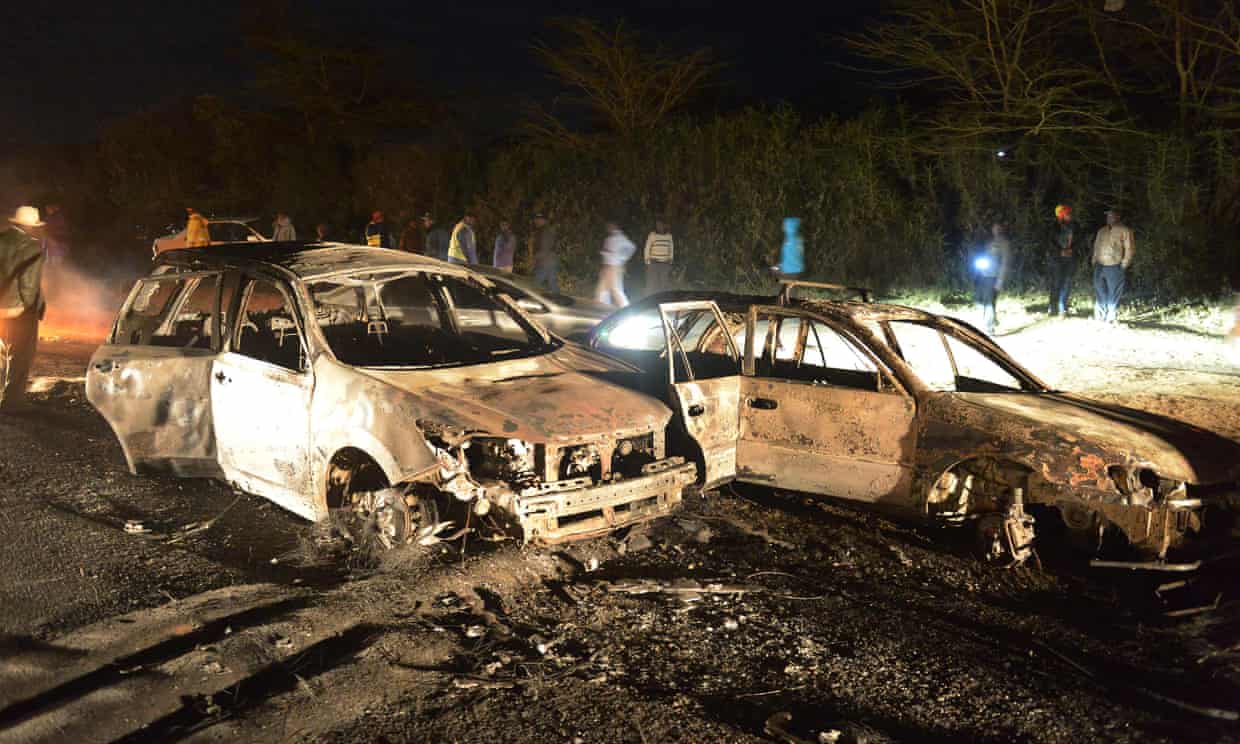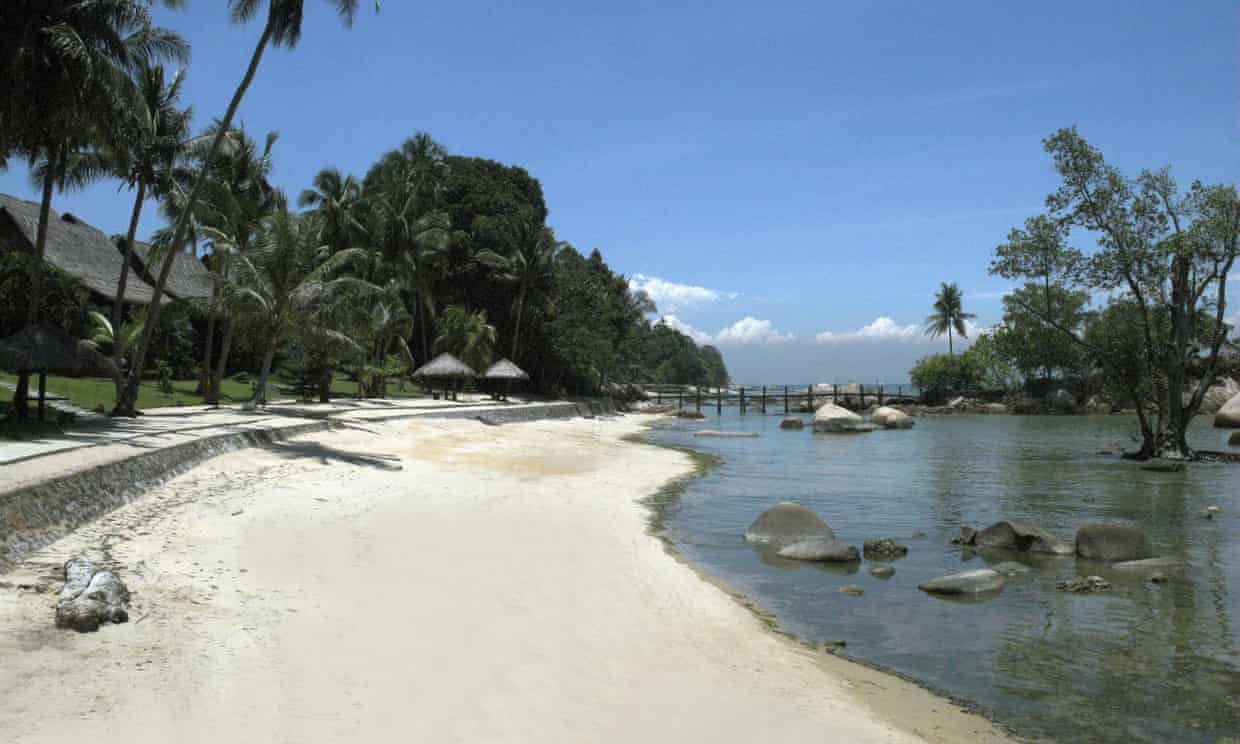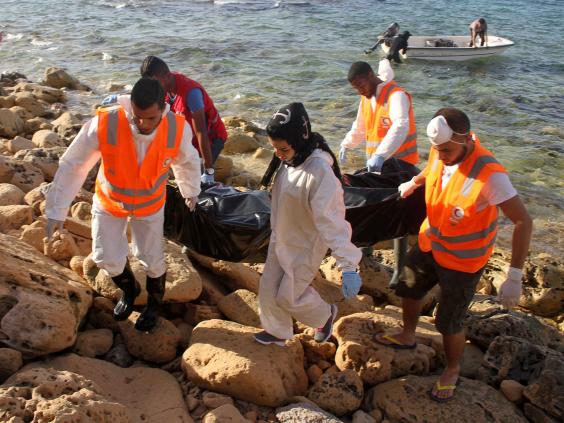
Forensic experts were on Thursday still going through the grisly and complex process of identifying victims of the Brussels bomb attacks, as families of those missing endured an agonising wait, their hopes fading by the hour.
As friends and relatives anxiously sought news from the increasingly desperate search, Belgian police experts were going through the painstaking work required to confirm the fatalities.
Tuesday's attacks at Brussels airport and at a metro station in the Belgian capital killed 31 people and injured another 300, 61 of whom were in critical condition.
Identification is proving slow, complicated by the violence of the explosions and because many of the victims were foreigners, police told RTBF television.
Around 40 nationalities are thought to be among the dead and wounded.
Their diverse backgrounds reflect the cosmopolitan nature of Brussels, Europe's symbolic capital.
"We have lost contact with Frank Deng. We've checked with his hotel in Brussels. He left at 7:16am, and went to the airport where his flight was at 9:05am," David Ye, a close friend, told AFP.
Jewellery, teeth and DNA
The first port of call for worried friends and relatives is the 1771 emergency number set up by the Belgian authorities.
Upon phoning they are told whether their loved ones are on a list of the injured. If not they are directed towards the Reine-Astrid military hospital, where a team of doctors, police officers and Red Cross staff has been specially put together to liaise with them.
Some 30 specialists, including the seven permanent Disaster Victim Identification (DVI) team experts, are working to identify the bodies or remains of victims recovered from the attack scenes.
"They collect all the items they can: jewellery, wallets, clothes, human remains," said Belgian police spokesman Michael Jonnois.
"They will compare these post-mortem items with ante-mortem information: how tall the person was, their weight, hair, et cetera.
"In extreme cases, we can resort to DNA samples. We can identify them from their teeth, genetic code or fingerprint."
He added: "We want to have 100 percent certainty. We cannot allow ourselves to have the slightest doubt."
Desperate search
A Facebook page where worried relatives, friends and colleagues can post notices of the missing has been set up. Pictures already uploaded show men and women, young and old, from Belgium and across the globe.
They have been shared thousands of times as people try to spread the word in the hope of finding out what happened to their loved ones.
"HAVE YOU SEEN THIS GIRL? Her name is ALINE BASTIN, Belgian, 29 years old. She was most probably on the metro," read one.
"We are DESPERATELY looking for her -- should you have any news, PLEASE give a sign!"
Ecuadoran President Rafael Correa announced Thursday that Jimmy Montenegro, 37, from the northern city of Ibarra, was in a "very serious" condition after being caught in the metro blast.
"The wound is in the brain and the situation is critical," Montenegro's brother Marcelo Trujillo told AFP. The victim's wife said a piece of metal had hit the right side of his brain.
New York siblings Sascha and Alexander Pinczowski were at the airport. A Dutch newspaper said they were on the telephone to a relative when the bombs went off and the line went dead.
There has been no news of them since.
David Dixon, 51, a British computer programmer who lived in Brussels, texted his aunt after the airport blasts to say he was safe, but there are fears he was caught up in the metro attack.
"We are anxiously waiting for more information about our dear David," his family said in a statement.
"We continue to hope for good news."
Three confirmed fatalities
So far, just three of the fatalities have been named.
Adelma Marina Tapia Ruiz, a 37-year-old Peruvian woman who lived in Belgium, was killed in the airport blasts, the foreign ministry in Lima confirmed.
Another victim was Belgian civil servant Olivier Delespesse, according to his employer.
He was killed in the metro attack, local media reported, along with 20-year-old Belgian law student Leopold Hecht, who was named by his university.
Hecht's family has decided to donate his organs.
"We know it's the decision he would have wanted us to take," they told La Libre Belgique newspaper.
"We hope that giving his organs will save a life or help someone else."
With explosions like the ones we witnessed on Monday, the situation is very different than an airplane crash, where you more or less know the number of victims and their identities. The goal in that situation is to find and confirm the identities of the remains.
With explosions, there are many pieces of the puzzle that have to be pieced together, including the number of people in the vicinity of the explosions, their current whereabouts and whether they potentially match the deceased.
As things stand now, families are being told it could take up to three weeks before we hear more conclusive information about identification. To complicate matters further, while the cause of death will likely be attributed to the explosions, investigators still need to provide a more precise manner of death, such as blunt organ injury, shrapnel or smoke inhalation.
Three waves of injury in a bombing
Part of the difficulty is that when a bomb explodes, there are three waves of injury.
First, there is a primary blast -- a concussive wave, really -- that compresses everything around it. The most common fatal injury is called a blast lung, because the lungs, which are essentially large air sacs, are so rapidly compressed by this primary blast that the result is sudden death.
Second comes the debris -- shrapnel and bomb fragments -- causing devastating penetrating injuries.
Third are the bodies themselves, which are catapulted through the air and into or on top of other victims.
Identification is proving especially difficult because many of the bodies are not intact, Red Cross Belgium spokeswoman An Luyten told CNN.
Those individual parts need to be identified and then "reassociated" with the rest of the body, according to Victor Weedn, chairman of the Department of Forensic Sciences at Columbian College of Arts and Sciences. Authorities may not release the bodies to the families until all of the remains have been positively identified, he said.
The types of injuries on the Brussels bombings are rarely seen outside of combat. Belgian Health Minister Maggie De Block has described the scene as a war zone.
Hospitals facing war injuries after Brussels attacks
"All our patients are now in 25 different hospitals because they have such severe injuries and surgeons tell me that they are like war injuries," De Block told CNN's Christiane Amanpour on Tuesday, listing serious burns and amputations among the injuries.
Back in October 2005, Brussels Airport opened a "full-service" morgue to facilitate transportation of the deceased. At the time, it was only the second of its kind in Europe. Now, it's serving on a scale no one anticipated. A disaster victim identification team, which is a division of the police, has been brought in and are working to identify the bodies at the airport, the Red Cross' Luyten told CNN.
'What color were their eyes?'
The Red Cross provides psychological support during the process while police ask basic questions to the family such as, "What was your loved one wearing?" and "What color were their eyes?" Luyten told CNN. Authorities also ask for dental records as part of the process of identifying the deceased after large explosions.
"It's a terrible scene to work, but ... mass disasters happen -- plane crashes, terrorist activities -- and we have highly specialized, trained individuals," CNN contributor Larry Kobilinsky told CNN's Ashleigh Banfield on "Legal View" on Thursday.
"They're part of mortuary teams, and they are primarily pathologists, with other kinds of scientists, DNA experts, odontologists (dentists). And the idea is to collect every part.
"You've got to document everything, sketch it, photograph it, but certainly collect every single body part. If the body is more or less intact, you could try to identify by height, weight, gender, hair color, eye color, dental records, fingerprints."
"On top of this, you need to create a DNA database of close relatives or samples that we know come from these individuals," said Kobilinsky, a forensic scientist and professor at John Jay College of Criminal Justice. "Ultimately, next of kin is going to want to bury their loved ones. So we need to get everything together, kind of like a puzzle, putting the pieces together, so that ... these people can be laid to rest."
And sometimes the puzzle remains incomplete. Eight years after the Oklahoma city bombing, a woman was discovered to have been buried with another victim's leg.
Just 60% of those who died in the World Trade Center on 9/11 were ever officially identified. More than a decade after Hurricane Katrina hit, the city of New Orleans still has 31 unidentified remains.
While we don't yet know the identities of the deceased, we do know they are composed of at least 40 nationalities. The responsibility to notify next of kin typically falls to the ministries of foreign affairs or victims' respective country's embassy.
The painstaking process of identifying the victims will continue for weeks and months, with little rest for investigators.
None of it, of course, will bring back the dead or provide more solace for the living. The goal for these experts is to provide some measure of closure to the victims' families.
Friday 25 March 2016
http://edition.cnn.com/2016/03/24/health/belgium-brussels-bombing-victim-identification/index.html






